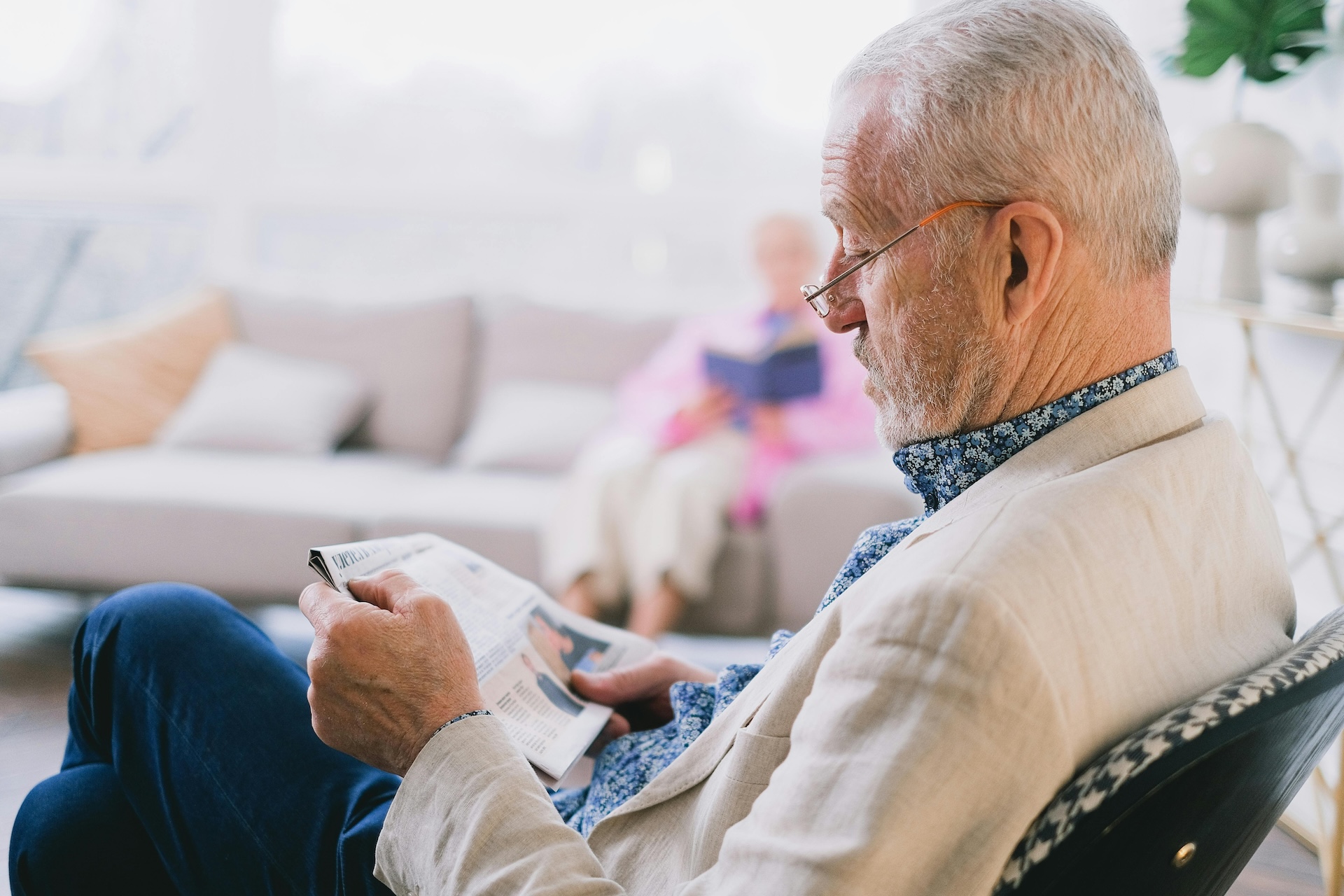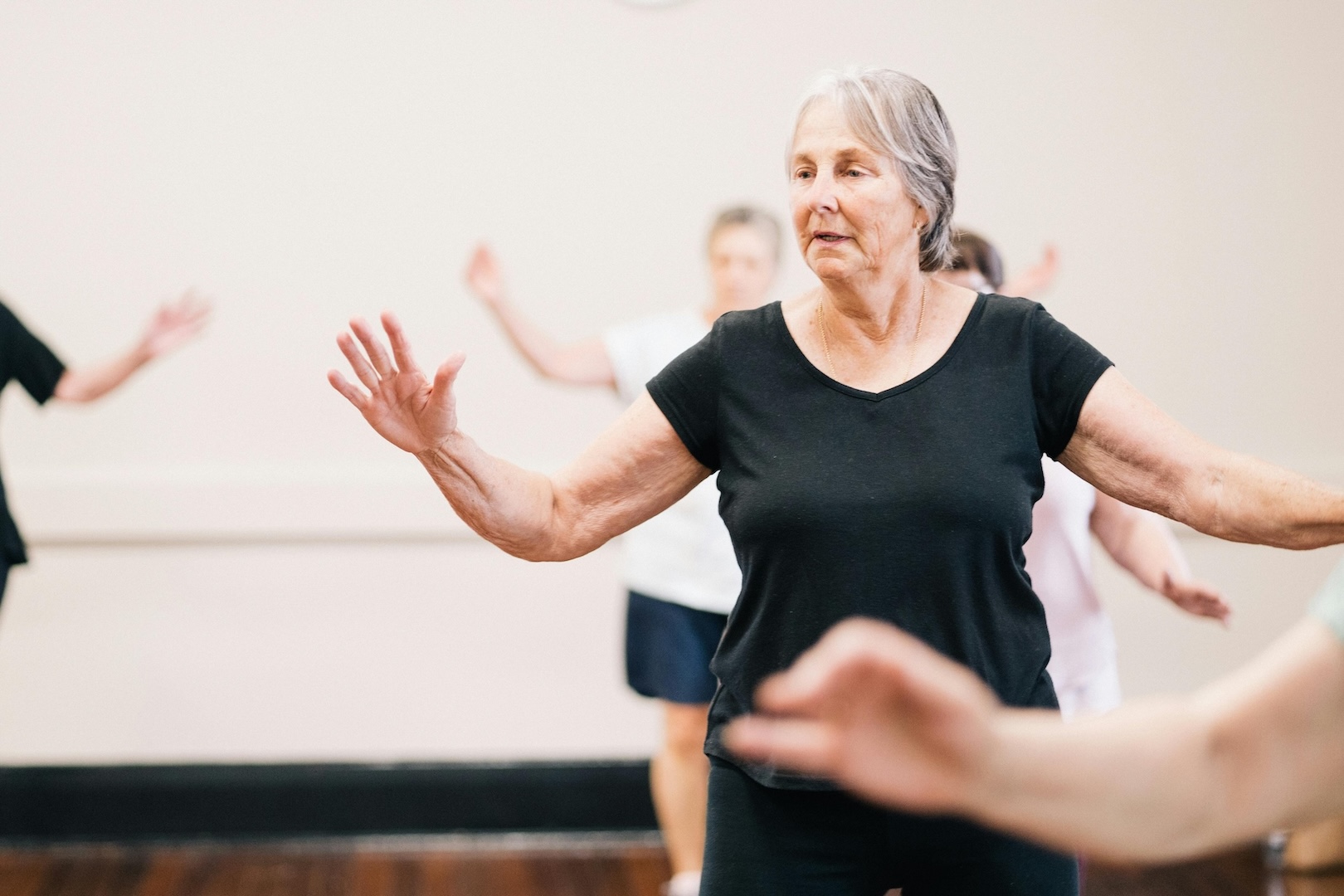A new perspective on caregiving
The importance of home modifications for people living with a disability lies in the potential for these changes to reduce the need for caregiving, and thereby increase independence. When we think about caregiving, we often perceive it to be human-to-human interaction, but new research describes the significance of housing within the wider scope of a community caregiving framework. A recent investigation into the amount of care required by 157 Australian community care recipients revealed a 42% decrease in the overall hours of care needed after the home modification had taken place, and significantly, a 40% increase in participants’ quality of life.
What are home modifications?
The NDIS defines home modifications as, ‘changes to the structure, layout or fittings of a participant’s home so they safely access it and move around comfortably in areas they frequently use’[2]. These modifications ultimately help the recipient to achieve their specific goals based on their individual needs. Home modifications can range from minor changes like the installation of a grab rail in the bathroom to assist with stability, or major changes like the installation of a ramp.
Benefits of home modifications
There are a multitude of benefits that result from home modifications, such as independence, safety, and increased confidence. The primary role off SSRG Occupational Therapists is to work with their clients to reach outcomes that will improve that client’s quality of life. These outcomes are unique to the specific needs of each client, but a central feature of these goals relates to helping our clients live more independently in an environment in which they feel safe and at ease.
Increased mobility and independence
Home modifications are often an integral part of achieving these outcomes. For example, a client with mobility issues arising from a medical condition might find themselves reliant on a carer or loved one to move safely around their own home due to risk of falling or tripping. In this situation a person can experience a significant loss of independence in attempting to undertake simple daily tasks, which can in turn affect their quality of life. Home modifications that are designed to reduce trip hazards and increase access, by replacing existing facilities with safer alternatives such as level access showers, wheelchair accessible basins, and ambulant toilets, as well as structural changes like the widening of doorways for wheelchair access, facilitate increased independence for a client by allowing for the safe, but unaided navigation of the home.
Reduced carer proximity
Finally, as we adjust to living with COVID-19, it is important to recognise that the proximity required in the caregiving process increases the risk of infectious disease transmission. Home modifications that facilitate increased independence for those living with a disability reduces the amount of close contact that would otherwise be required.
[1] https://pubmed.ncbi.nlm.nih.gov/31159396/
[2] https://www.ndis.gov.au/participants/home-equipment-and-supports/home-modifications-explained




